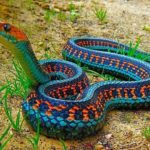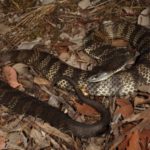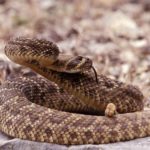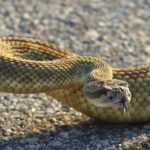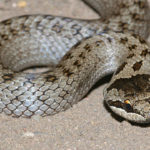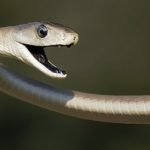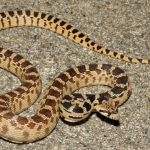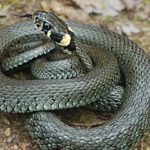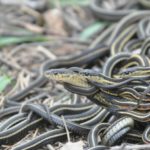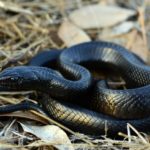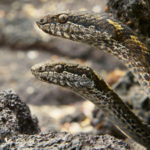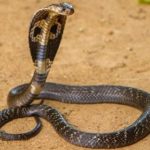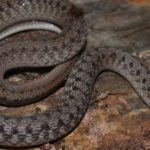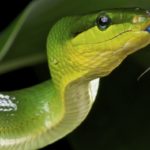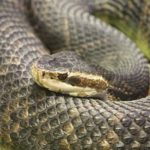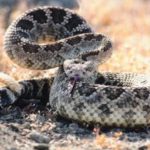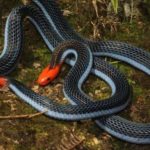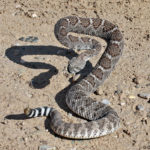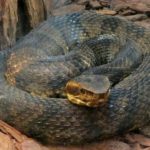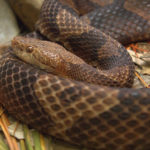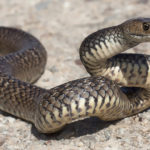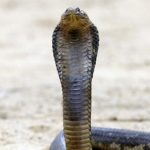20 interesting facts about anacondas
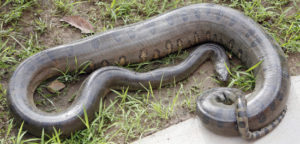 Frightening anaconda snakes have long been overgrown with numerous legends, exaggerating their size many times. Although these interesting and curious myths do not correspond to reality, it is definitely not worth diminishing the danger emanating from meeting with anaconda. These huge snakes are more dangerous than most other large predators, and they sometimes attack unwary people.
Frightening anaconda snakes have long been overgrown with numerous legends, exaggerating their size many times. Although these interesting and curious myths do not correspond to reality, it is definitely not worth diminishing the danger emanating from meeting with anaconda. These huge snakes are more dangerous than most other large predators, and they sometimes attack unwary people.
The females of these snakes are one and a half times longer than the males.
The length of an adult anaconda rarely exceeds 5 meters, but there is no evidence that these snakes longer than 6 meters exist in the world. However, the legends tell about the 15-meter snakes.
Contrary to popular belief, anacondas are not the longest snakes in the world. They are the largest in mass, but they are longer in length than reticulated pythons.
Anaconda live in the entire tropical belt of South America.
In captivity, they take root very poorly, and rarely live longer than 5-6 years. Record – as many as 28 years. And how much they live in the wild, still nobody knows for sure.
Most of the life of anaconda is carried out in water, getting to the land only for prey.
An adult anaconda can easily swallow the average adult.
Unlike most other snakes, during an anaconda molt, the skin is not dropped on the ground, but under water. They rub against the stones and the river bottom, getting rid of the old scales.
These snakes lead a solitary life, but in April-May, during the mating season, they gather in rather large groups.
The weight of a large adult anaconda can reach 100 kilograms.
Scientists believe that they never hunt people on purpose. We are just the same prey for them as any inhabitants of the jungle.
The size of the anacond population is still unknown.
Anaconda hunts infrequently. Having swallowed large prey, they can digest it for 2-4 weeks, practically without moving.
Adult anacondas hunt even caimans and turtles.
Due to the presence of acid in the stomach, they digest prey along with bones.
Anacondas are cannibals, on occasion they are not at all against devouring their own relatives.
Like other reptiles, they develop in eggs, but eggs thus form in the body, and small and already fully formed anacondas are born. Very rarely, eggs are still laid.
On average, an anaconda female gives birth to 30-40 cubs at a time, but most of them do not survive. Her pregnancy lasts up to 7 months. At this time, the snake loses a lot of weight and eats little.
Despite the enormous size and intimidating physical strength, anaconda can themselves become prey. There have been cases when jaguars and old large crocodiles successfully hunted them.
Sometimes locals hunt for anacondas for their skins.
